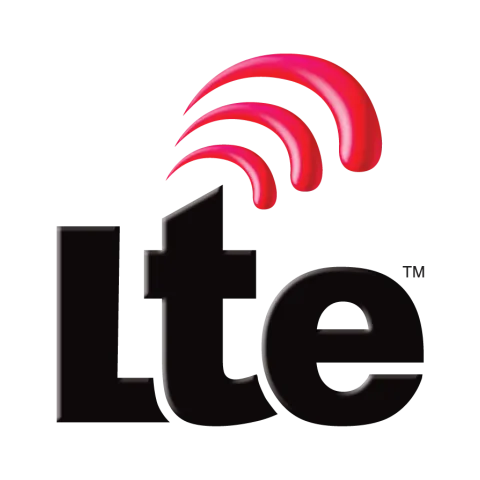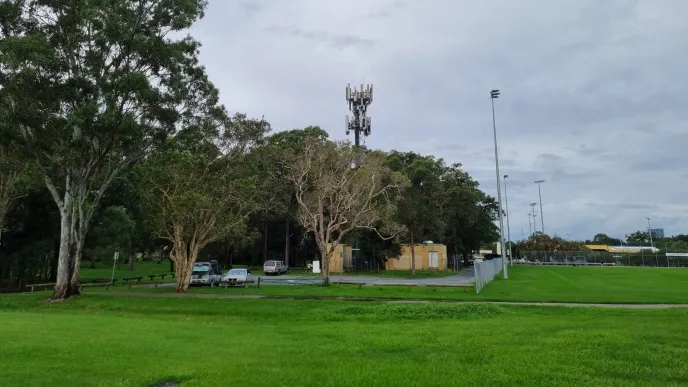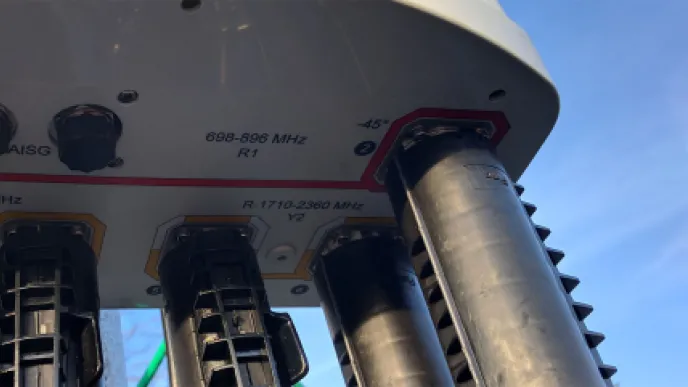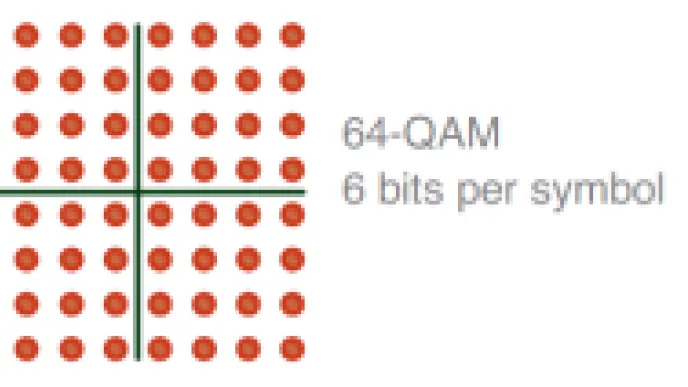4G LTE (Long Term Evolution) or the E-UTRAN (Evolved Universal Terrestrial Access Network), introduced in 3GPP Rel. 8, is the radio access component of the Evolved Packet System (EPS) - a purely IP based mobile network standard. As an evolution to 3G UMTS, 4G LTE shares many similarities, such as harmonised frequency bands, but also many substantial technological advancements.
LTE is based on OFDMA (Orthogonal Frequency Division Multiple Access) and in combination with higher order modulation (up to 256QAM), large bandwidths (up to 100 MHz aggregate), and spatial multiplexing (MIMO) techniques very high data rates can be achieved.
LTE is developed for a number of frequency bands – E-UTRA operating bands- currently ranging from 450 MHz up to 6 GHz. The available bandwidths are also flexible starting with 0.2 MHz up to 20 MHz. LTE is developed to support both the time division duplex technology (TDD) as well as frequency division duplex (FDD).

4G Networks Launched
The below chart shows 4G networks recorded by launch date. Data may change without notice as more entries are recorded.


